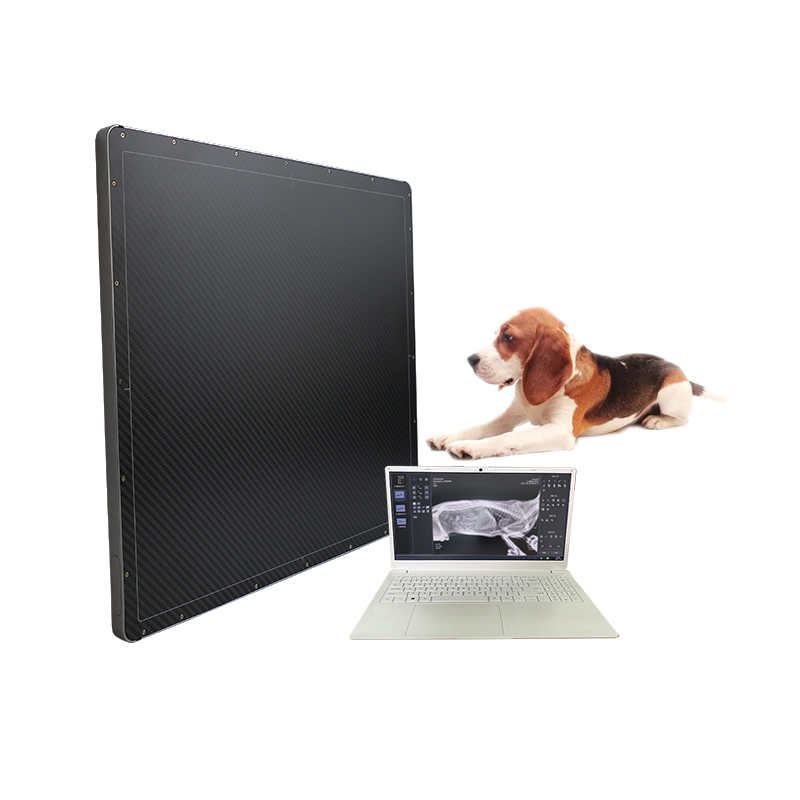Flat-panel detectors have revolutionized the field of radiology and offer significant advantages over traditional image capture technologies. In radiology departments around the world, these detectors have become essential tools for capturing high-quality medical images and improving patient care.
One of the main advantages of flat panel detectors is the ability to capture images with higher resolution and clarity. Unlike traditional image capture technologies such as film-based systems or image intensifier tubes, flat panel detectors produce digital images that can be viewed and manipulated immediately on a computer screen. This allows radiologists to quickly and accurately diagnose medical conditions, thereby improving patient outcomes.
In addition to higher resolution, X ray detectors offer greater image capture efficiency. With traditional technology, radiology technicians often have to spend a lot of time adjusting and developing film, or manipulating the images on the intensifier screen. With flat-panel detectors, images can be captured instantly, allowing for a faster and more streamlined imaging process. Not only does this benefit patients by reducing their time in the radiology department, it also allows radiology technicians to see more patients in a day.
Additionally, the digital nature of flat-panel detectors makes it easier to store and share medical images. Using traditional technology, physical film must be stored in large archives, often taking up a lot of space and requiring careful organization. With digital images, radiology departments can store and manage images on computer servers or in the cloud, reducing physical storage needs and making it easier to access and share images with other healthcare providers.
Another important advantage of X ray flat panel detectors is their lower radiation dose compared to conventional technologies. This is especially important for patients who require multiple imaging tests over time, such as those with chronic diseases or those undergoing cancer treatment. Flat-panel detectors produce high-quality images with lower radiation exposure, minimizing potential risks associated with repeated imaging.
Flat-panel detectors are also more versatile than traditional imaging technologies, enabling a wider range of imaging applications. Whether capturing X-rays, mammograms, or fluoroscopy images, flat panel detectors can meet a variety of radiology imaging needs. This versatility makes them valuable tools for diagnosing and monitoring a variety of medical conditions.
In summary, flat panel detectors have significantly transformed the field of radiology, providing higher resolution, greater efficiency, easier storage and sharing, lower radiation dose, and versatility in imaging applications. As technology continues to advance, flat-panel detectors are likely to become more advanced and widely used in radiology departments, further improving patient care and diagnostic accuracy. Radiologists and radiologic technologists should continue to adopt this technology and ensure that they realize its full potential in their practice.
Post time: Dec-15-2023


